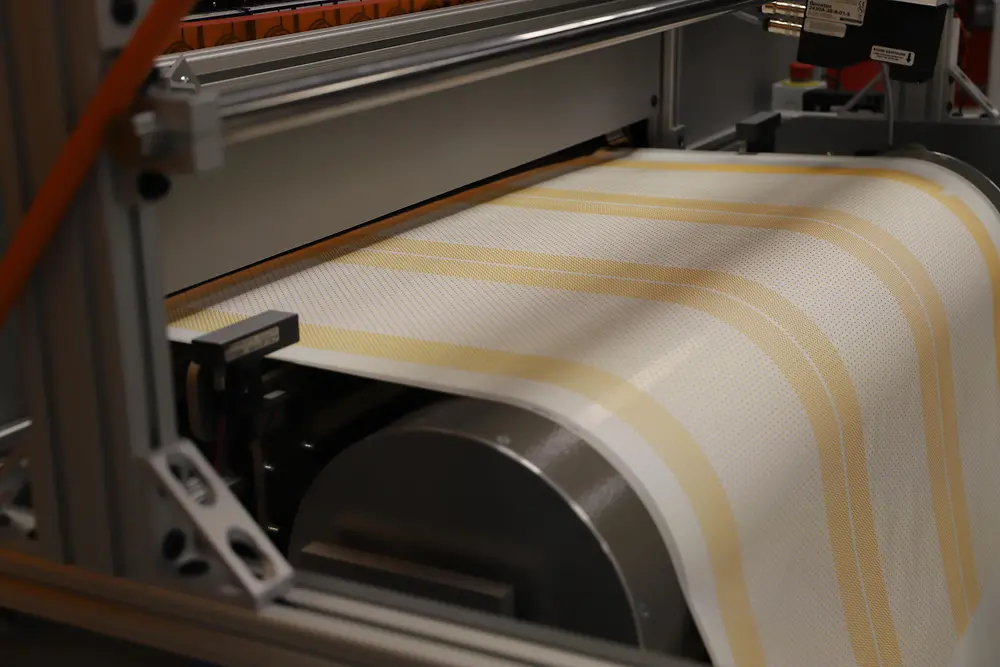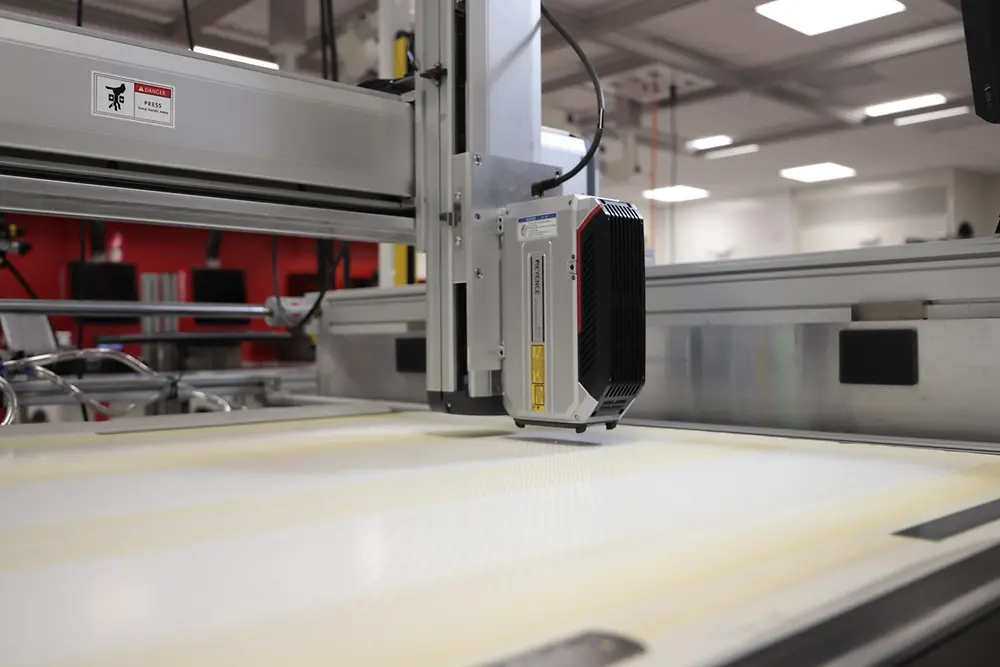Henkel Corporation and Aqua Membranes are introducing a revolutionary Printed Spacer Technology® for spiral-wound element design and manufacturing. The new technology eliminates the need for conventional plastic mesh feed spacers by printing unique spacer patterns directly onto delicate flat sheet membrane materials. These patterns have the potential to reduce fouling and scaling in the element and offer a more open water flow channel, which reduces energy consumption during the water filtration process.
Henkel representatives will be helping to introduce the technology, along with samples at Aqua Membranes’ booth #102 at the 2021 Membrane Technology Conference & Exposition on July 19 through 22 in West Palm Beach, Florida.
“Our new resin and process technology, coupled with Aqua Membranes’ print patterns, enable spiral wound element producers to print directly onto the membrane, as well as print a variety of patterns and print heights over the entire surface area of a membrane leaf”, explains Dan Oberle, Henkel’s Global Business Development Manager. With more open patterns, water flows more freely, reducing wasted energy. Printed feed spacers will produce more clean water, faster and at a lower cost than conventional spacer technology. “We are confident this development will have a significant impact on the global water crisis”.
Conventional extruded plastic mesh spacers take up valuable space between membrane leaves. Their closed structure creates a demanding flow path that requires high pressure to move water through an element, which must be frequently cleaned due to fouling. By printing feed spacer patterns directly onto flat sheet membrane, element manufacturers can reduce the thickness of each spacer, fitting more layers into the element. This expands available surface area inside the membrane element by 20 to 40 percent, thereby increasing the total permeate flow. Alternatively, this new technology can radically reduce energy consumption by keeping larger gaps and more open flow channels, resulting in significantly lower pressure drop. “R&D engineers are realizing that this design flexibility is a major value contributor,” adds Oberle.
“Unlike traditional membrane spacers that trap particles and biofilm within the mesh and create high pressure drop, our 3D-printed spacers can optimize flow patterns and turbulence through the membrane element,” said Craig Beckman, CEO of Aqua Membranes. “This optimization leads to lower energy consumption, a reduced system footprint, improved cleaning, and potentially longer element life. Printed feed spacers are superior to mesh spacers because they lower the costs to buy, operate, and expand these systems.”
“This technology is the result of many years of research and development work. The question has not been ‘why’ printed spacers, but rather ‘how’. We now have a working solution that answers that question”, said Oberle.
To learn more about this technology or how Henkel serves the water filtration industry, contact us here or visit Henkel filtration solutions.
® Printed Spacer Technology is a trademark of Aqua Membranes






